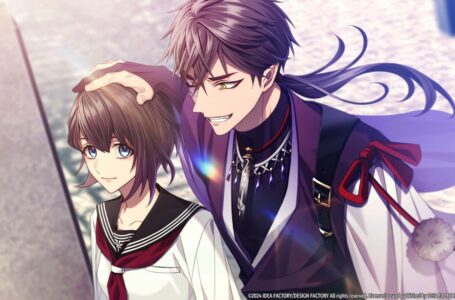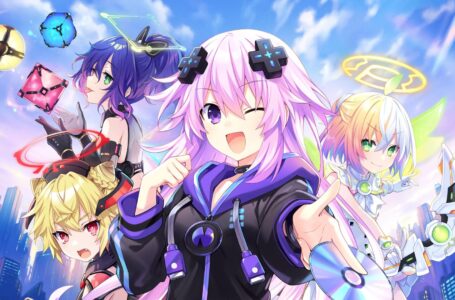Birushana: Rising Flower of Genpei – our spoiler-free review
Birushana: Rising Flower of Genpei is the latest big hitter from the localised otome titles coming out this year. Developed by Red Entertainment Corporation and published by Idea Factory, Birushana (as we shall refer to it hereafter) released on July 1, 2022 in Europe, and is Idea Factory International’s first otome title of 2022.
Last year, Idea Factory International jumped back into the otome market with Cupid Parasite, which was my personal Game of the Year for 2021. Based on that fact alone, I felt reassured that Birushana was deserving of all the pre-release hype it had been getting — including from us. But having now played it, my opinion has been going back and forth somewhat; I’ve taken a few extra days to reflect on the experience before writing up my thoughts because I was so unsure about it.
So here’s to Birushana, an otome anyone who is the least bit interested in history and fantasy should definitely play — along with those looking for satisfying main character development and a badass heroine. For everyone else, however, there are a few drawbacks to consider.
Story
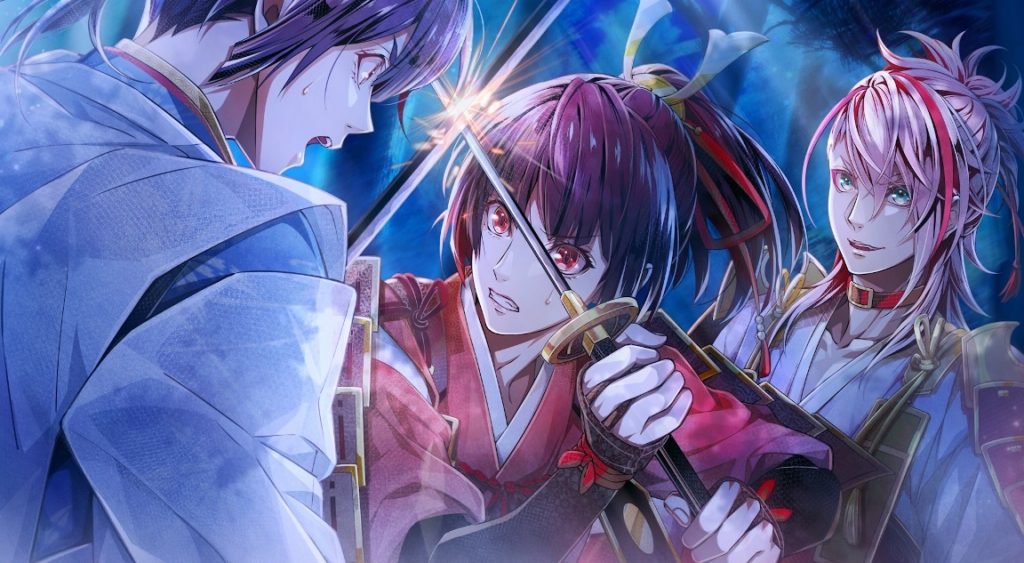
Birushana follows the tale of Shanao, a genderbent Yoshitsune Minamoto, the youngest heir of the Genji clan during the late Heian period. With tensions rising between the Genji and Heike, the clan currently in power, the Genji make a move in an attempt to reclaim their standing, but the Heike also have plans to completely destroy what remains of their rival clan.
Shanao struggles to accept that she has a duty to fulfil as a Genji and instead wants to live a peaceful life. On her journey in bringing peace to those she fights for and protects, she must keep her true gender a secret as she learns of her origins and discovers what it is that she wants for herself.
Birushana’s story jumps right into the combat aspect of things, with plenty of warriors meeting and swords clashing. It’s visually striking and very appealing in terms of how these scenes are presented, with special effects that really sell these high-tension moments. For a visual novel — and especially an otome — this level of visual polish in animation is very much appreciated.
Birushana is a rather bittersweet otome, as you might expect from all the warfare. Even in its best endings, supporting and minor characters often suffer sad fates, and unsurprisingly there is plenty of death in each and every route. All the action and bloodshed paves the way for a full explanation and exploration of Shanao’s past — and the bigger scheme at play behind the Genji and Heike feud.
Birushana’s romances are a bit of a slow burn considering our heroine spends most of her time disguised as a man — though once this is cleared up with the various love interests, feelings are gradually developed and later realised.
The overall plot progression, meanwhile, is a lot more difficult to commit to. Birushana feels like an otome to play in short bursts, with those sessions spread out as much as possible. The reason for this is that the more routes you play in succession, the more you’ll notice repeated battles, events and dialogue.
The core mysteries of the stories tend to be answered within a single route, but each route also tends to present a new puzzle which will be resolved in the next, making for a pleasing “domino effect” to the story. However, many of these mysteries ended up being rather predictable and easy to guess well before the actual revelations hit — and I’m not usually one to be able to correctly theorise what twists and turns will happen in any given piece of fiction!
Despite the historical setting, it’s also worth noting that the game takes many creative liberties with events, figures and battles, particularly in the final route. While it’s still quite educational to a certain degree — and it’s quite understandable for anyone to have their interest piqued — don’t be tempted to do some “further reading” until you’ve finished the entire game!
Love interests
The characters are where Birushana shines. The recommended order to play through the routes in the game is Noritsune -> Shungen -> Benkei -> Yoritomo -> Tomomori. This provides a solid, gradual build-up of Shanao’s origins as you work your way through the game. There are a few things worth noting, however.
Firstly, and this is true for most otome, many players will find the love interests hit or miss depending on what sort of pairing and relationship you’re looking for, and the varying quality of each one. Secondly, and perhaps more significantly, a couple of pairings can be read as being incestuous — so if this sort of thing bothers you, be aware before playing.
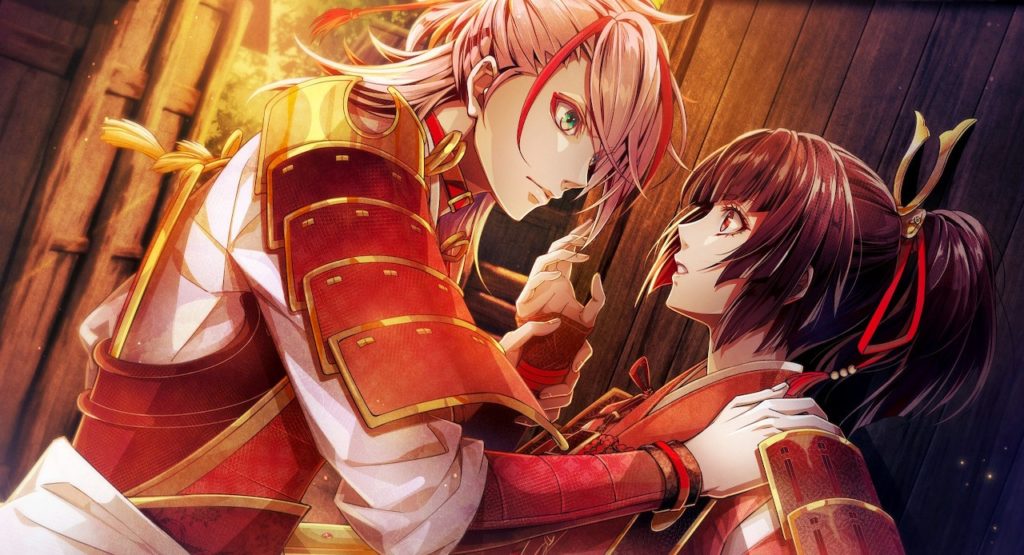
Let’s take a quick and spoiler-free look at each route, beginning with Noritsune. Noritsune (voiced by Kengo Kawanishi) is the nephew of Kiyomori Taira, the head of the Heike clan. Despite being a capable and formidable warrior who values his family name and wants to see the clan thrive, he is not seen or valued as much as his cousin Tomomori. Once he sets his sights on Shanao, he fixates on duelling and beating her one-on-one in order to showcase his strength — although it doesn’t take long for his goal to shift towards changing himself for the better instead.
Noritsune has a very appealing sense of relationship progression with Shanao as a “friends to star-crossed lovers” kind of route. His character development features the greatest change and improvement, which is good because the main plotline of his route is rather insignificant and uneventful, instead focusing on him and Shanao.
Noritsune’s route prepares you for what is yet to come, with repeated locations, events and dialogue being quite frequent. He’s bound to be a favourite among western players.
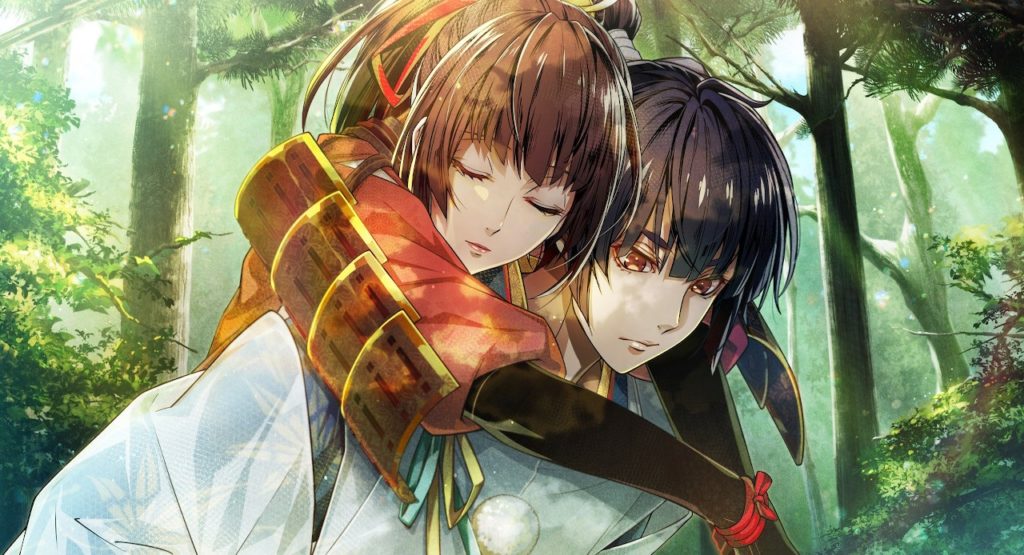
Shungen (voiced by Soma Saito) was brought to Kurama temple as a child at the same time as Shanao. The two formed a bond, having grown up together, and this also makes Shungen the only love interest to already be familiar with Shanao and aware of her true gender.
Shungen is loyal and protective of Shanao, with a neat mechanical detail being that Shungen will always like your responses in the common route; this really provides a solid sense that Shungen has positive feelings towards Shanao even early in the story.
After a very impressive start of the game with Noritsune, things already feel sluggish in Shungen’s route. Even after we see how capable Shanao is, she ends up being pushes aside in favour of being protected by Shungen throughout his route.
As a childhood friend love interest who is the only one that initially knows Shanao’s true gender, the nature of their relationship forces this dynamic to be a focal point to Shungen’s route. With him making Shanao his reason for being, you likely already know what kind of bad endings will occur with such a setup.
While Shungen’s route does feature a somewhat story-critical revelation, this did feel like the only real reason to play through his story — unless you particularly like besotted, controlling love interests, of course!
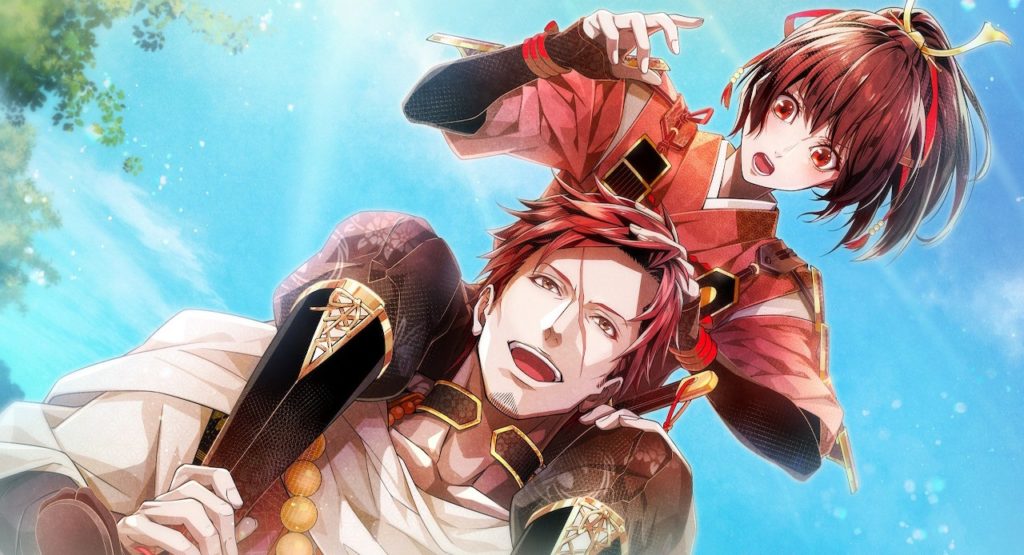
Benkei (voiced by Yuichiro Umehara) became a monk when his parents abandoned him, but he was expelled from Mount Hiei after a run in with some Heike warriors. He meets Shanao as he is collecting the swords of Heike soldiers, and this gives a good indication of how sweet, supportive and well-intentioned he is. He’s quick and enthusiastic to jump at the chance of becoming Shanao’s vassal once they clear up the misunderstanding of who they are.
After the disappointment of Shungen’s route, Benkei’s wasn’t much better — though for me personally it was saved due to Benkei’s character. He’s a really entertaining older himbo love interest; an unusual character type to see as a love interest in an otome title, and one I very much appreciate for his supportive, caring nature.
Unfortunately, Birushana doesn’t feel like it has anywhere near enough faith in Benkei to carry the plot, because throughout his route Tomomori ends up taking a lot of the attention, which just felt dismissive of Benkei. In contrast to Shungen’s route, meanwhile, Shanao takes far too much time in the spotlight here, preventing Benkei from really proving his worth as a capable fighter.
All in all, I wasn’t disappointed in Benkei himself, but I was disappointed in how his route felt like a disservice to his character. It was a shame that we didn’t see a middle ground with Shanao either, after she was so underutilised in Shungen’s route just prior.
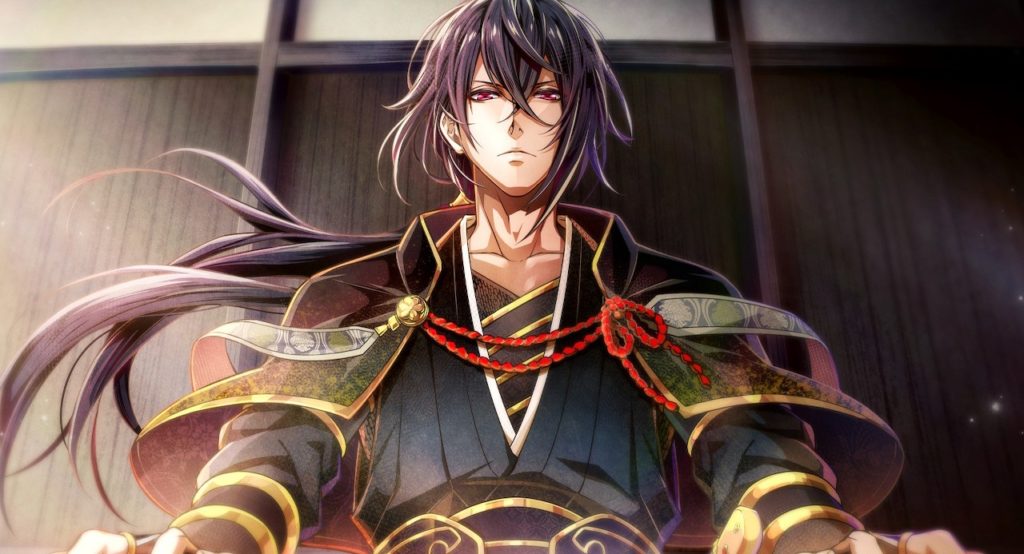
Yoritomo (voiced by Makoto Furukawa) witnessed his father and older brothers being killed when he was just 14, leaving him alone to live a life of exile. He pushes Shanao away for the majority of his route, appearing stoic and indifferent towards her, instead having a keen sense of focus and unwavering sense of duty; restoring the Genji clan is his one and only goal.
I found Yoritomo’s route the most difficult to play through because of the repetitive sword fights, reuse of locations and story beats up until this point. The fact his route has the most combat in it made this feel particularly apparent.
I found Shanao’s frequent references to Yoritomo as “brother” to be somewhat offputting, but this may be simply down to the fact that I have an older brother! Other players may well overlook this if they aren’t in the same boat as me — and particularly if they’re fans of the kuudere archetype.
This personal feeling aside, Yoritomo’s was a satisfying route in terms of his relationship progression with Shanao. He slowly becomes more open and honest in terms of baring his emotions and soul to her at a believable pace, plus his emotional baggage makes him a very likeable and appealing character. This is also true for the love interest you must leave for last. Speaking of whom…
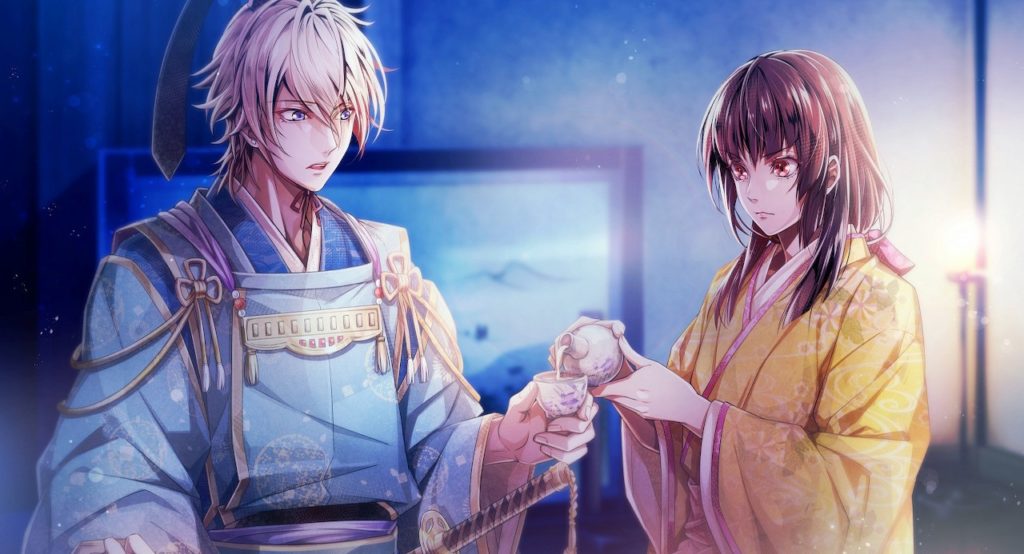
Tomomori (voiced by Jun Fukuyama) is a perceptive, smart and imposing opponent; one who becomes fixated on and corners Shanao constantly throughout her journey. He appears uninterested in his family troubles and war turmoil — or rather, he seems acutely aware of his fate — and even embraces this ever-growing likelihood of meeting his end as the result of the Heike and Genji clan feuds.
Tomomori is the reason I encourage everyone to experience the game, because what a route it is. In many ways, it gave the same amount of satisfaction and enjoyment as Allan’s route did in Cupid Parasite — which is certainly understandable considering how dreams plus persistent flirting and thirsting from the love interest are aspects of both routes.
Everything comes together nicely in Tomomori and Shanao’s relationship. The tension between them is high; their relationship starts off twisted, but gradually turns affectionate and wholesome by the end as Tomomori’s tragic, angsty backstory is revealed.
Tomomori appearing in other routes gave me similar vibes to Chikage from Hakuoki in terms of how he often stood in Shanao’s way as a “villainous” love interest, and the pay-off from all this was the best part of the game for how much it fleshes him out. A villain-to-lover route with emotional gravity and feels; what more could we ask for?
While there’s nothing we haven’t seen before in certain routes — particularly Shungen’s — the saving graces in Birushana as a whole are Noritsune and Tomomori’s stories. Romance, fluff and story relevance felt like they were at odds with each other in pretty much every route, making the entire experience feel quite unabalanced in terms of writing quality, but ultimately the game has something for everyone.
Noritsune’s character development is strong, Shungen’s route kicks off more interesting plot revelations, Benkei is a glorious oji/himbo “gentle giant” type, Yoritomo’s features brilliant relationship progression, and Tomomori is in a league of his own.
While I found the overall story a little underwhelming, the best thing about Birushana’s writing is how each love interest feels as valid as the others. The spark between them might be due to the pair having a similarly strained and difficult childhood, or because they’ve both lost a parental guardian that affected their upbringing, allowing them to speak more candidly to one another.
Each love interest has a solid explanation about their past which helps to validate their behaviour and motivation, making them feel all the more likeable, authentic and easy to understand. Ultimately, my personal preference for the characters goes Benkei/Tomomori -> Noritsune -> Yoritomo -> Shungen. For the routes themselves, meanwhile, my personal ranking is Tomomori -> Noritsune -> Yoritomo -> Benkei -> Shungen.
There are up to three bad endings per route, a happy love end which unlocks an additional scenario with a supporting character, and a tragic love end that comes with an exclusive CG. In total, you’re looking at about 45 hours if you read reasonably quickly; for those who listen to every single voice line in full or read at a slower pace, it can easily take 65 hours or more. The common route is around three chapters to clear, while the love interests’ routes are nine chapters each.
Heroine and other characters
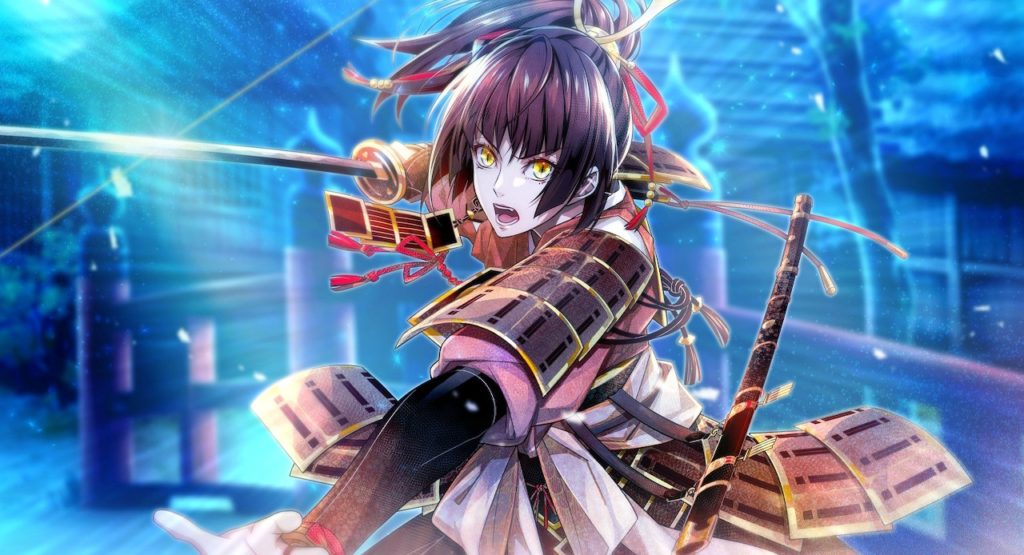
Shanao is a heroine players will thoroughly enjoy playing as, since she is one of the most impressive aspects of the title. She is respected, headstrong and more than capable of standing up and fighting for herself. At the same time, she retains believable flaws the build on her character as she attempts to come to terms with her untapped power, navigate her way through an uncertain future and establish her standing within the Genji clan in the conflict with the Heike.
From a visual perspective, she has plenty of variety in poses and costume changes, which shows attention to detail in terms of her design as well as her writing.
The main takeaway from Birushana for most players will be Shanao’s journey as a character. She’s not only an absolute badass and a capable killing machine, but she has a tendency to outshine the rest of the cast. That said, while it’s refreshing to see a heroine be as competent and proficient as Shanao is here, it is a little too much at times, since her competence comes at the expense of giving attention and limelight to the love interests and their own strengths. Benkei’s route is the worst offender for this.
Thanks to the extensive amount of characters involved in the story, there is a fun reverse-harem dynamic throughout the common route and early route chapters. Recurring side characters add plenty of humour during these moments — and these same characters get their own mini-stories in the bonus one-off chapters for clearing the good endings.
It’s great to see side characters get additional screen time like this, and I wish this would be done more often, since side characters often become as beloved as the main cast — I particularly felt this way back when we looked at Dairoku: Agents of Sakuratani. These mini-episodes provide short but sweet moments and plenty of incentive to finish all your playthroughs — because I suspect many players will find themselves wanting to romance the side characters more than one or two of the love interests we actually got. No offence, Shungen.
Presentation
Birushana has one of the most helpful flowcharts I have seen within the genre, neatly sorted into a single screen as an ever-growing diagram. It visually illustrates just how linear the story is for the majority of the time, with each chapter for the love interests lining up with the others when the same story events coincide.
The title is especially polished in its presentation and visuals. Mouths are animated when the characters have lines, there is consistent animation during its fighting with close-ups of characters’ eyes, panels that come in from off-screen as they leap into action, plus flashes of sword strikes and clashes as the sprites continually change position and move across the screen. The game could have been slightly better optimised, as these dramatic sequences sometimes cause a bit of input lag on the Switch, but the sheer spectacle of them is worthwhile.
The music and UI do well to capture the overall aesthetic of Birushana, with a consistently appealing floral motif seen both throughout the interface and on Shanao’s own attire. The background music fits the historical setting and emphasises the tension during combat — but the real highlight here is that animation in the fights. It really brings the action to life.
For all the praise Birushana’s presentation deserves, the one thing worth criticising is its repeatedly used backgrounds. It’s one of the few instances of a visual novel I’ve seen where backgrounds are repeated so often that it becomes distracting — particularly in the final chapters.
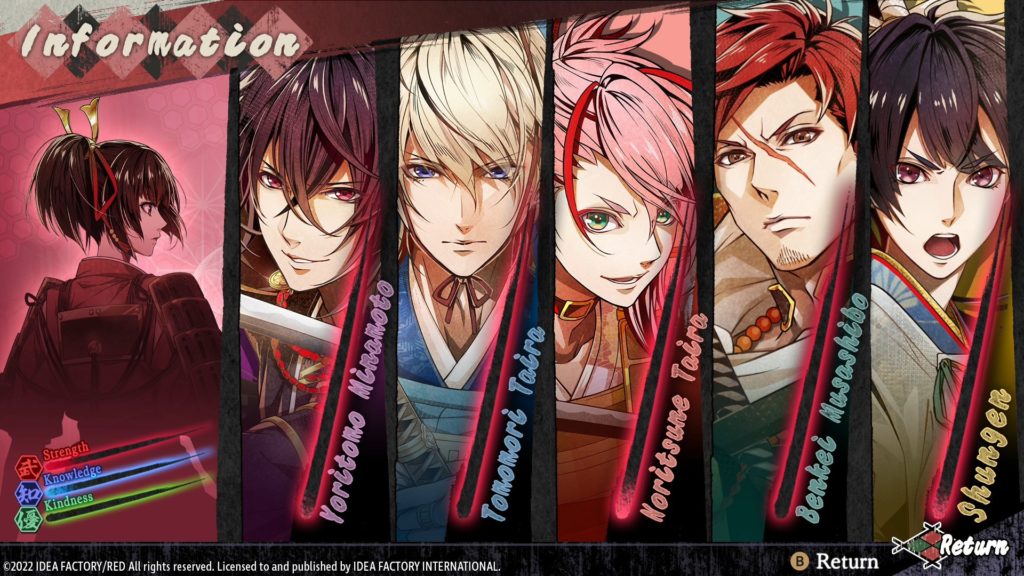
Alongside the genre’s usual affection meters, Birushana also features character parameters of Strength, Knowledge and Kindness for Shanao, which are determined when you select most of the choices in the game. In the common route in particular, you can be quick to meet a dead end if you don’t manage these meters properly.
Sadly, this feature is woefully under-used once actually into a route, making what was a promising and unusual addition to gameplay a missed opportunity to add a touch more interactivity to the typical visual novel formula.
There is an expansive glossary that is updated frequently as you progress, and considering the historical context of the game, this is greatly appreciated, particularly as Japanese history is not common knowledge here in the west.
The translation of Birushana is, for the most part, faultless, with only the occasional typo, missing word or letter, or grammatical error in the entirety of the game. There was an occasional hint of text running off the screen, but overall it’s a massive improvement from how Cupid Parasite launched last year; that game needed a couple of patches to be its best possible self and fix the most glaring formatting and translation issues.
Verdict
Birushana makes an absolutely gorgeous addition to our localised otome games collection, but I find it hard to place it near the top of the rankings when we have the likes of Café Enchanté, BUSTAFELLOWS and Cupid Parasite out there to enjoy.
But if anything, this is a good thing, because with the amount of good quality otome titles we’re getting today, we’re finally getting to stage where we can pick and choose what we want to experience rather than simply snapping up anything and everything that is released. I’ll reiterate that if you’re a history buff, fantasy lover or simply think you’ll enjoy anything I’ve described today, it should be a no-brainer to pick this one up.
Birushana may not have quite knocked it out of the park for me personally, but it’s definitely one that will be enjoyed by plenty of otome enthusiasts. Take your time with it, and don’t come to it expecting anything super new or revolutionary in terms of story. Just know that the heroine, characters and a couple of the routes in particular make Birushana well worth checking out — and then you can join me in celebrating Tomomori in all his glory as best boy, however much he might make your parents question your morality!
Play Birushana exclusively on the Nintendo Switch. A physical releases is available from Idea Factory International.
Thank you to Idea Factory Intentional for the review code.
Join The Discussion
Rice Digital Discord
Rice Digital Twitter
Rice Digital Facebook
Or write us a letter for the Rice Digital Friday Letters Page by clicking here!
Disclosure: Some links in this article may be affiliate links, which means we may earn a small commission if you make a purchase after clicking on them. This is at no additional cost to you and helps support Rice Digital!
- Sigh of the Abyss: Shadow Bonds – Prologue Review - October 7, 2023
- Is She The Wolf? is wickedly addicting TV - October 6, 2023
- The steady consumption of Slow Damage - October 5, 2023




